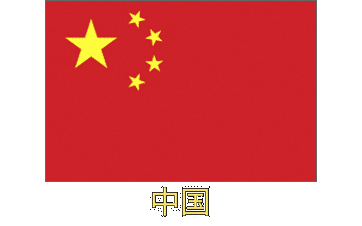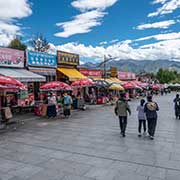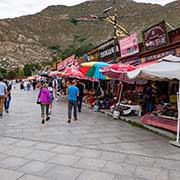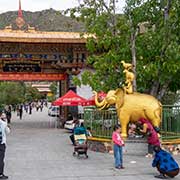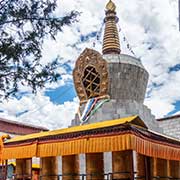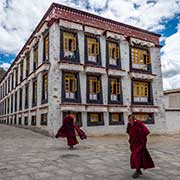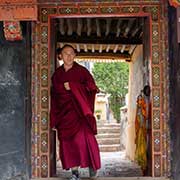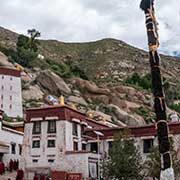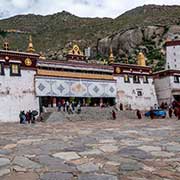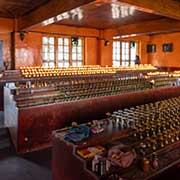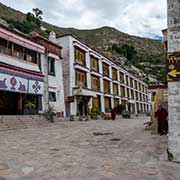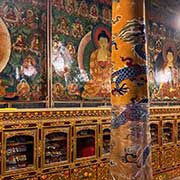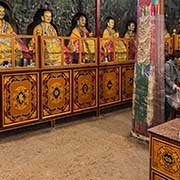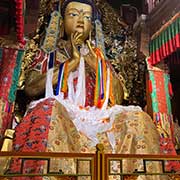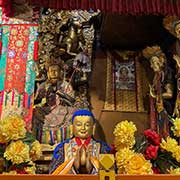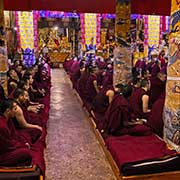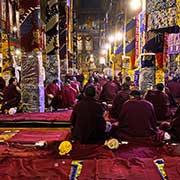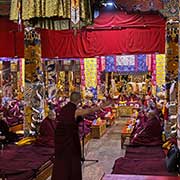Photos of Sera Monastery, an important gompa near Lhasa, Tibet
Sera Monastery, an important gompa near Lhasa
Sera Monastery (“Wild Roses Monastery”), at the base of Pubuchok mountain (or Tatipu Hill), in the foothills north of Lhasa, is one of Tibet’s three significant Gelug university gompas (monasteries), together with Drepung and Ganden Monasteries. It was founded in 1419 by Jamchen Chojey, a complex of structures with the Great Assembly Hall and three colleges: Sera Jey, Sera Mey and Ngagpa Dratsang (Tantric College). It belongs to the Gelug Order and was one of the largest in Lhasa. Over the years, it developed into a hermitage with about 6,000 monks, and its colleges catered to monks aged 8-70.
you may then send it as a postcard if you wish.
In 1959, there were, according to the census, 5,629 monks living in Sera Monastery. Following the uprising in Lhasa against the Chinese occupation, the Dalai Lama fled, and the following day, 18 March, Sera Jey Monastery was bombarded by Chinese troops, resulting in the death of hundreds of monks. Buildings were reduced to rubble; ancient texts and innumerable, invaluable, ancient and antique works of art were destroyed. Survivors, monks and ordinary people fled across the Himalayas to India during severe winter conditions. With assistance from the Government of India, a few hundred settled at Bylakuppe, near Mysore, in Karnataka.
In 1970, a group of 197 Sera Jey monks, with 103 Sera Mey monks, established a particular monastery within the resettlement of Bylakuppe as a counterpart of the Tibetan Sera Jey Monastery. None of the monks of the Ngagpa Dratsang (Tantric College) had survived the invasion, so only the Sera Mey and Sera Jey Colleges were re-formed in India. This new Sera Monastery in Bylakuppe now houses 5,000 Buddhist monks; some are migrants, and many others are Tibetans not born in their ancestral homeland.
Nowadays, Sera Monastery near Lhasa houses about 300 monks, down from 5,000 in 1959. It has been restored and tourists today can still visit the three remaining functioning educational institutes. The Great Assembly Hall, the “Tsokchen” dating to 1710, is once again a place of beauty, with its decorated columns, newly painted frescos, statues of the Buddha and bodhisattvas. Monks in their scarlet robes debate Buddhist doctrine and examinations of monks may be freely observed. The debates are punctuated with gestures with specific meanings, like clapping, stressing the power and decisiveness of the defender’s arguments.


